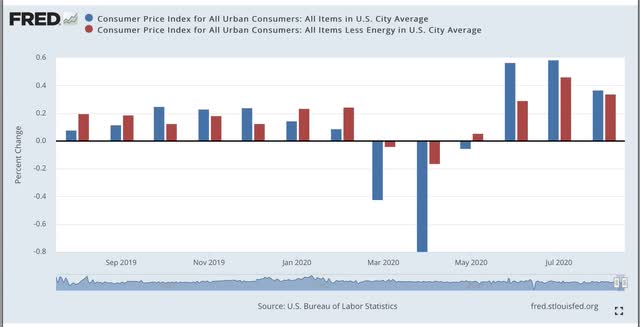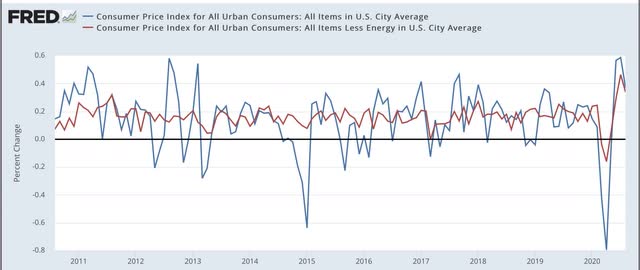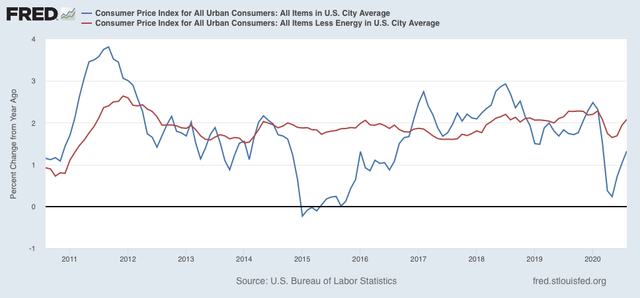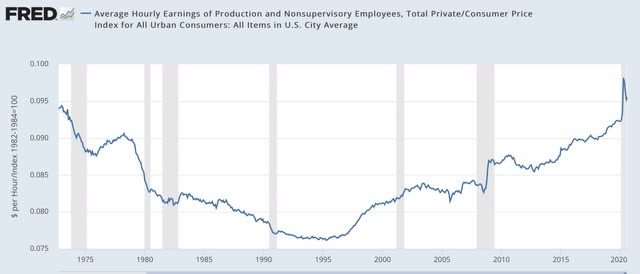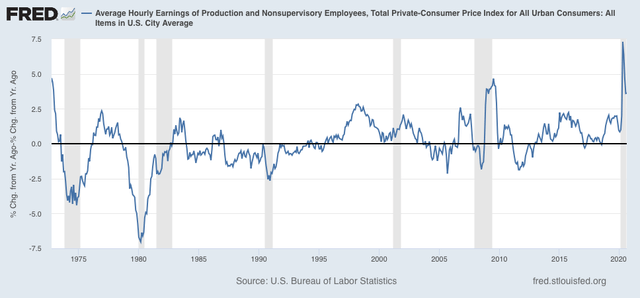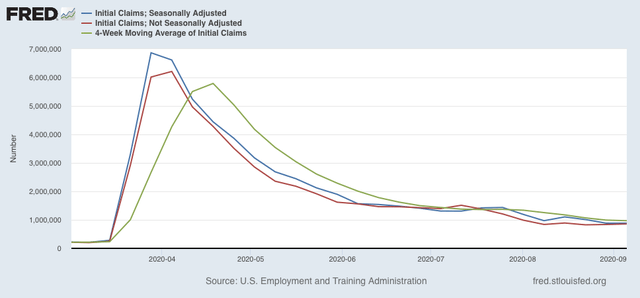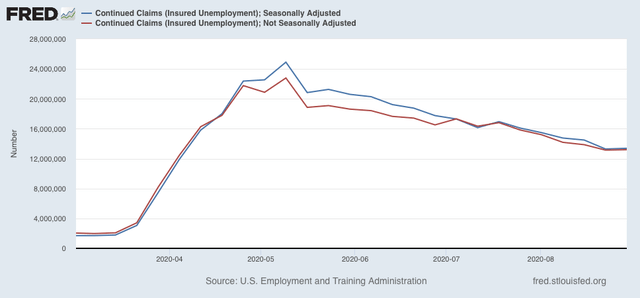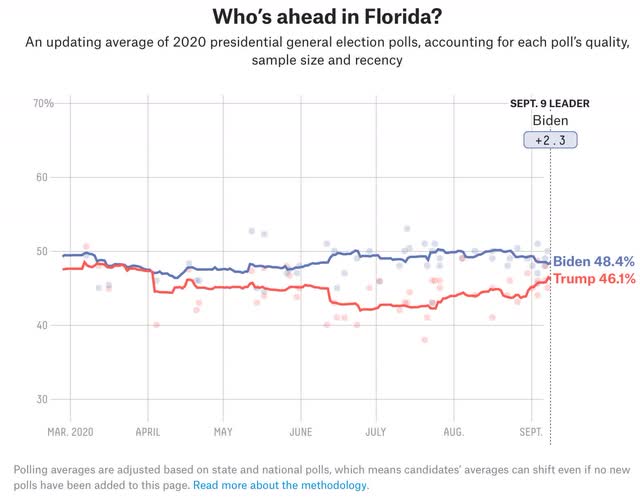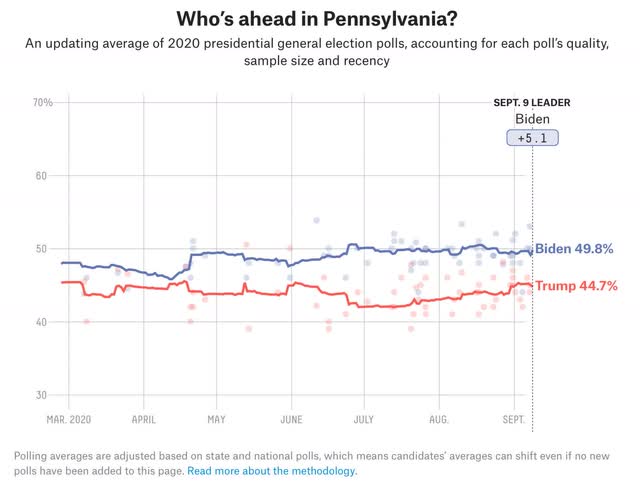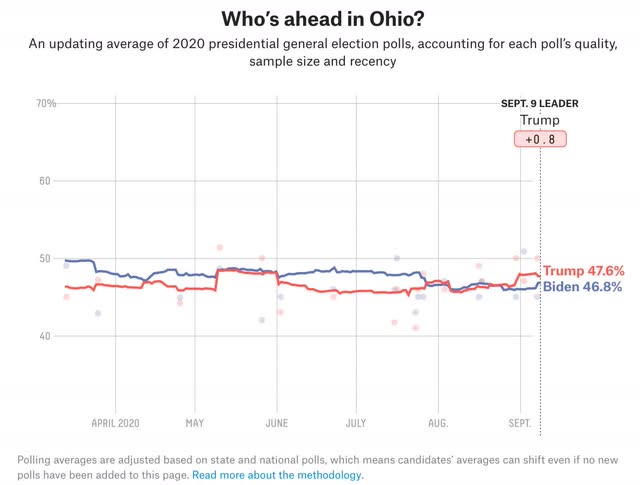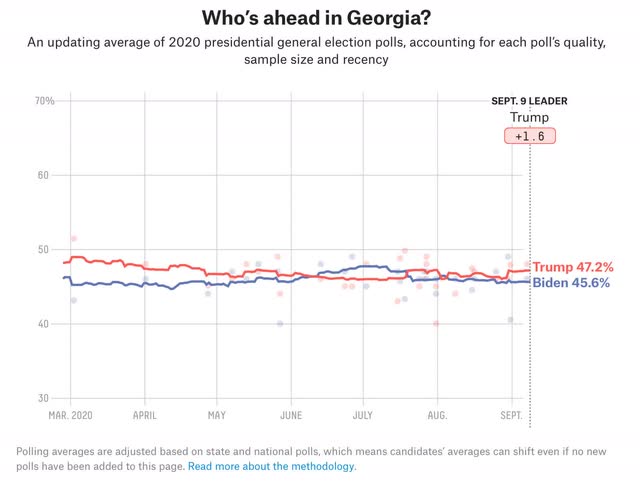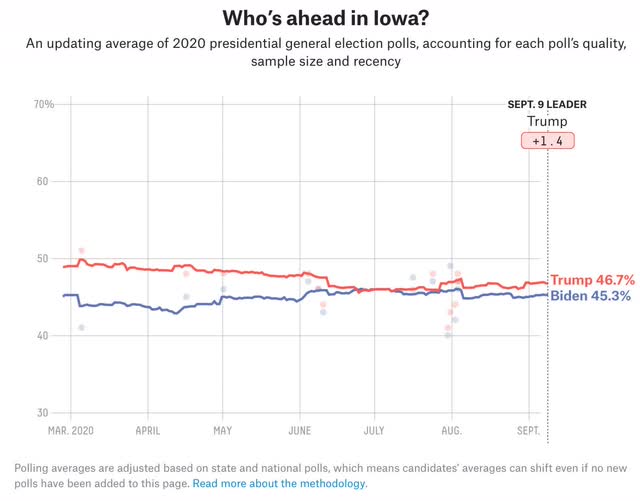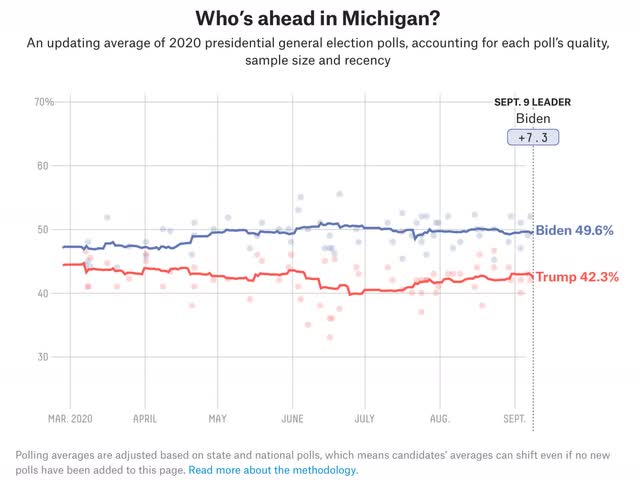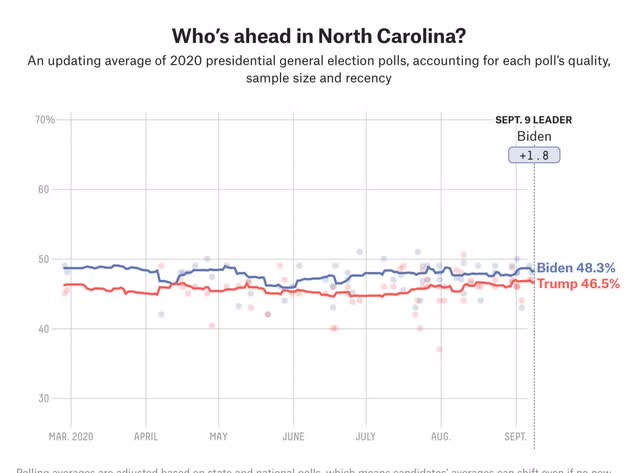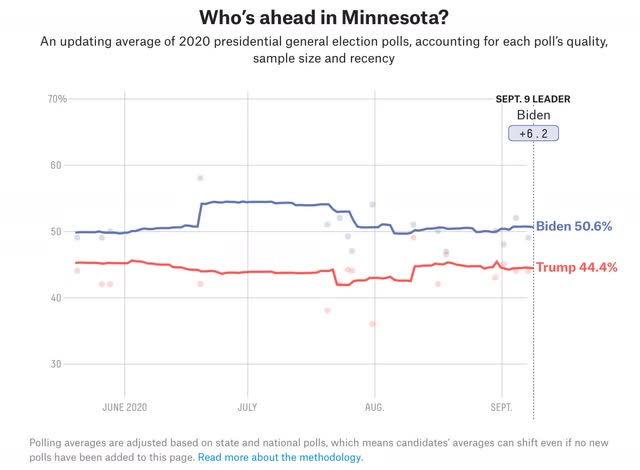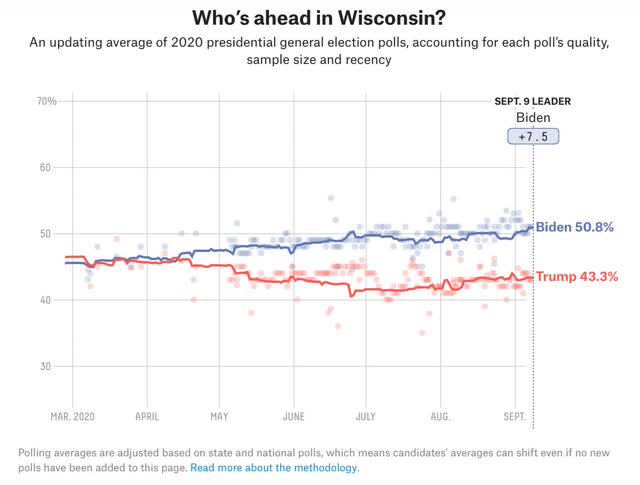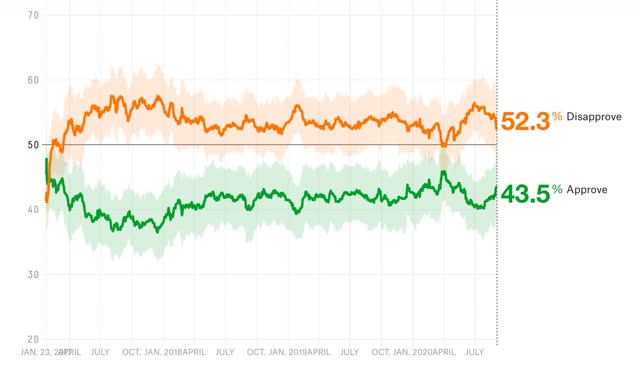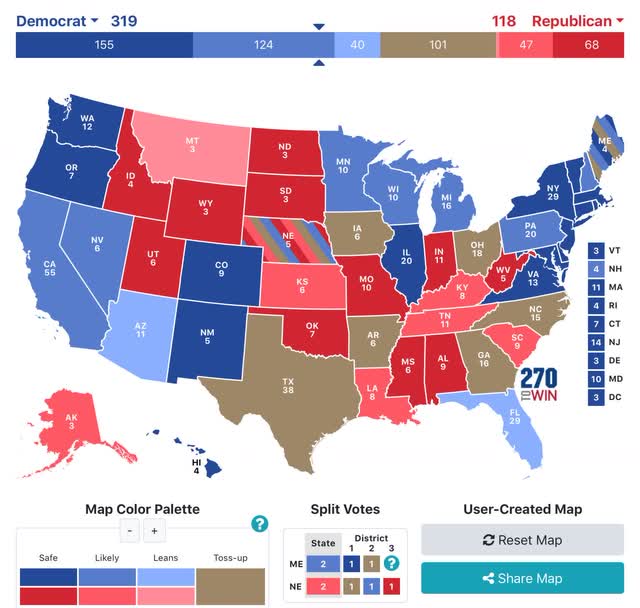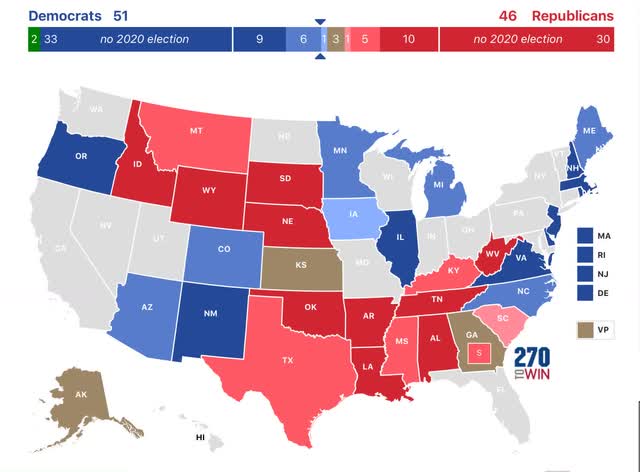- by New Deal democrat
For the past year +, I have been reading about the History of Republics -really, a History of the Rule of Law - that has taken me through Ancient Rome, Venice, Genoa, Florence, Switzerland, the Dutch Republic, and currently the Glorious Revolution of 1688 in the UK.
There are enough parallels between that event and the US in 2020 that it is worth some more detailed comparison.
Recently I came across a quote attributed to FDR that I think perfectly encapsulates the current GOP view of the United States:
“The United States is a white Christian country. Everyone else is here on sufferance.”
Now, FDR was a total political animal. He wasn’t necessarily stating his own deeply held view. Rather, more likely he was voicing his opinion of the most prevalent political ideology of the country.
I think that quote - variously reported as “Anglo-Dutch” or “white Protestant” is spot on. It encapsulates an idea that people of color and white non-Christians (including, arguably, Catholics, or at least those who aren’t “pro-life”) are second class citizens. They are de jure equal, but are only entitled to their voice so long as they don’t disturb the hegemony of the founding white Protestants. Hence why “real America” consists of the lily-white areas of the Midwest and West, and why Whites in the South are entitled to rule their States.
Both US political parties really agree with that divide. Think about it: are Blacks and Hispanics *relatively* worse off compared to Whites when the GOP is in control? If that is true - and I certainly believe it is - then it necessarily also means that Whites are *relatively* worse off compared to Blacks and Hispanics when Democrats are in control. I actually think partisans of both parties agree with both of those statements. What they differ on is which outcome is “fair.” That certainly accords with dozens of quotes I have read from partisans and regular supporters on both side of the divide.
If you accept the main premise - that GOPers believe that the US is fundamentally supposed to be a white Christian country - then what is the #1 existential threat to that regime? It isn’t China. It isn’t Iran. It certainly isn’t Russia.
Rather, the #1 imminent threat to that order is the Democratic Party.
Thus, in order to preserve the US as a white Christian country, allying with Vladimir Putin to make sure that the Democrats don’t take power makes perfect sense. In fact it is laudable.
In short, once you accept this worldview, everything that the GOP does makes perfect sense.
Which brings me to James II and the Glorious Revolution of 1688.
Yale historian Steve Pincus’s “1688: The First Modern Revolution” is kind of a revisionist-revisionist history that posits that the Glorious Revolution was neither conservative/reactionary, nor limited to the nobility and gentry, but rather was a reaction to a “modernization” scheme by James II. Since Pincus extensively reports the opinions of prior historians, I figured it would be a good read even if I didn’t ultimately agree with his contention (which, so far, I don’t).
James II’s brief reign was characterized by two goals: the substantive goal of returning the UK to Catholicism as the established religion; and the procedural one of imitating Louis XIV of France’s establishment of absolutism in the monarchy in order to get there.
To that end he used burgeoning state revenues (primarily a result of Britain’s overseas colonies) to establish and expand a standing army in all counties and cities throughout the country. He also made use of universal loyalty tests to purge the military, academia, the clergy, and municipal and county governments of opponents, and install (mainly Catholic) loyalists.
To the vast majority of the population, this transgressed one or both of two fundamental principles. James had been allowed to succeed to the Crown only because he espoused (as it turned out, in faint name only) “liberty of conscience.” His subjects initially believed that, while he was personally Catholic, their Church (mainly the Anglican Church) would be allowed to continue exactly as before. Presbyterians, Methodists, and Baptists also believed that their beliefs would not be discriminated against. The vast majority of the British were and remained opposed to the re-establishment of Catholicism as the preferred State religion. When it became clear that this was James’s true intent, he almost universally lost support.
Further, as far as the British were concerned, their King, while hereditary, ruled by law as fundamentally set forth in the Magna Carta and specifically as approved by Parliament. When James started to rule by prerogative, i.e., on his own kingly authority irregardless of the wishes of Parliament, (most especially by overturning the “Test Act” which forbade Catholics from occupying positions of authority, especially in the military), the British correctly interpreted this to mean that no liberty and no property were safe from monarchical fiat.
Thus the vast majority of the British people supported - indeed, many of the nobility and gentry openly helped plan - the “invasion” of Prince William of Orange in Holland, and his wife Mary, James’s Protestant daughter.
To recap: James sought to re-establish a reactionary regime (of Catholicism) by bypassing the proper Legislature, and making use of allegedly unchallengeable Executive authority. This had profound effects on daily life, none more profound than the quartering of troops in localities throughout the kingdom, imposing on innkeepers and simple homeowners alike.
Now let’s look at the US in 2020. Trump has been trying to re-establish a reactionary regime of white Christianity, by making use of allegedly unchallengeable Executive authority. Like James II, he is trying to establish a standing army in the form of the Department of Homeland Securty (see Portland). And like James II, he is applying loyalty tests across the board to purge every agency he can of those who might oppose his goals, including positions of nonpolitical civil servants.
In both cases, the majority of the population is having none of it, the big difference being that James II probably had less than 20% - maybe less than 10% - support when the chips were down (the military either turned on him or simply stood aside), while Trump probably has between 40% - 45% support. Most notably, the US military command is apparently actively resisting trump’s attempts to use it politically.
As a result, the Glorious Revolution of 1688-89 resulted in very few actual deaths. With the burgeoning of a right-wing Brownshirt movement in the US, as NRA protests have spread to anti-lockdown and anti-mask protests, and anti-BLM vigilantism, that happy result looks unlikely in the US.
Yet another parallel is likely to be what came afterward. In the case of the UK, to prevent the arising of another James II, the populace insisted that the monarchs submit to Parliamentary authority. Should Biden win the Presidency and the Democrats win the Senate, it is likely - it is *necessary* - that we will see a Constitutional push to prevent another Trump from attempting to assert unchecked Presidential authority.
